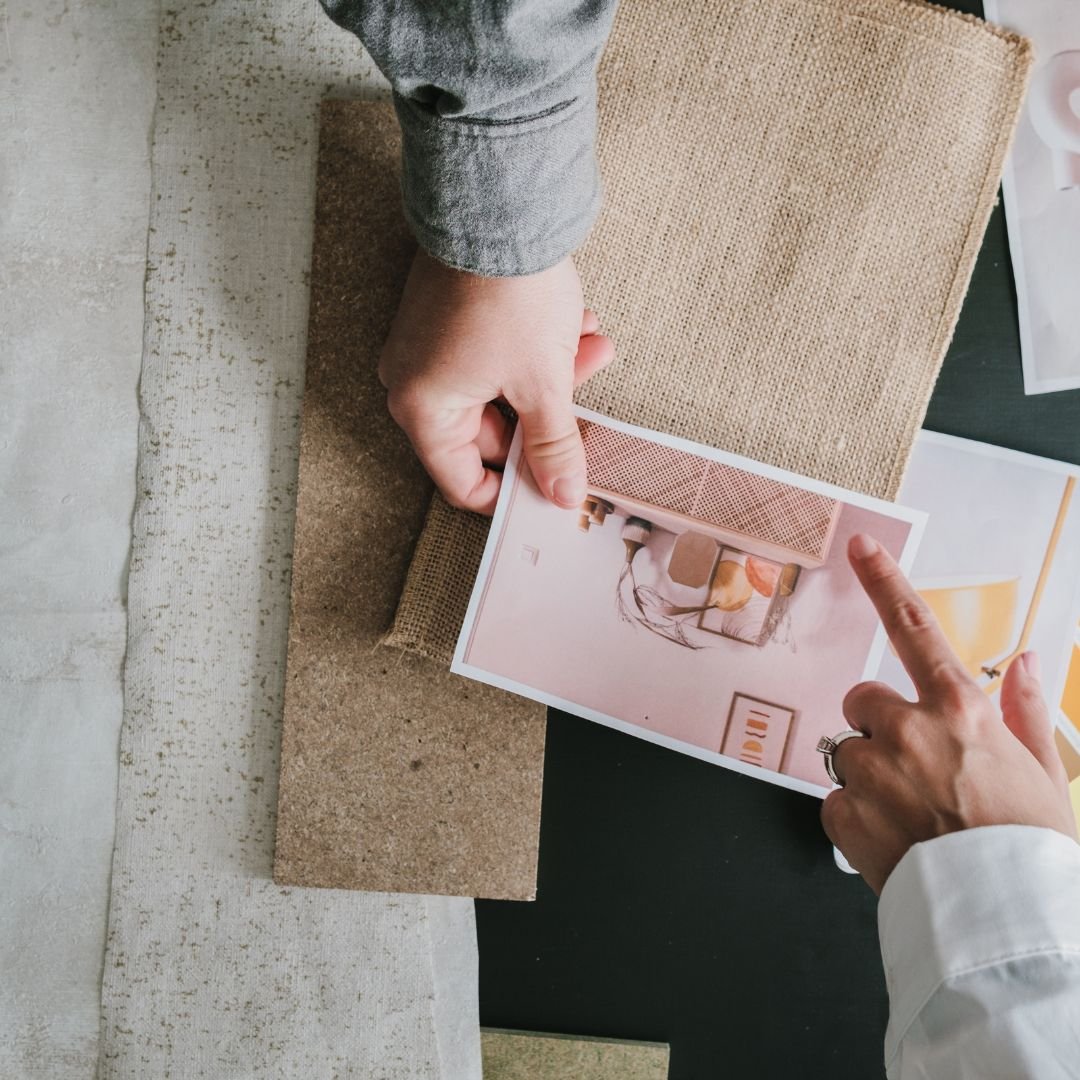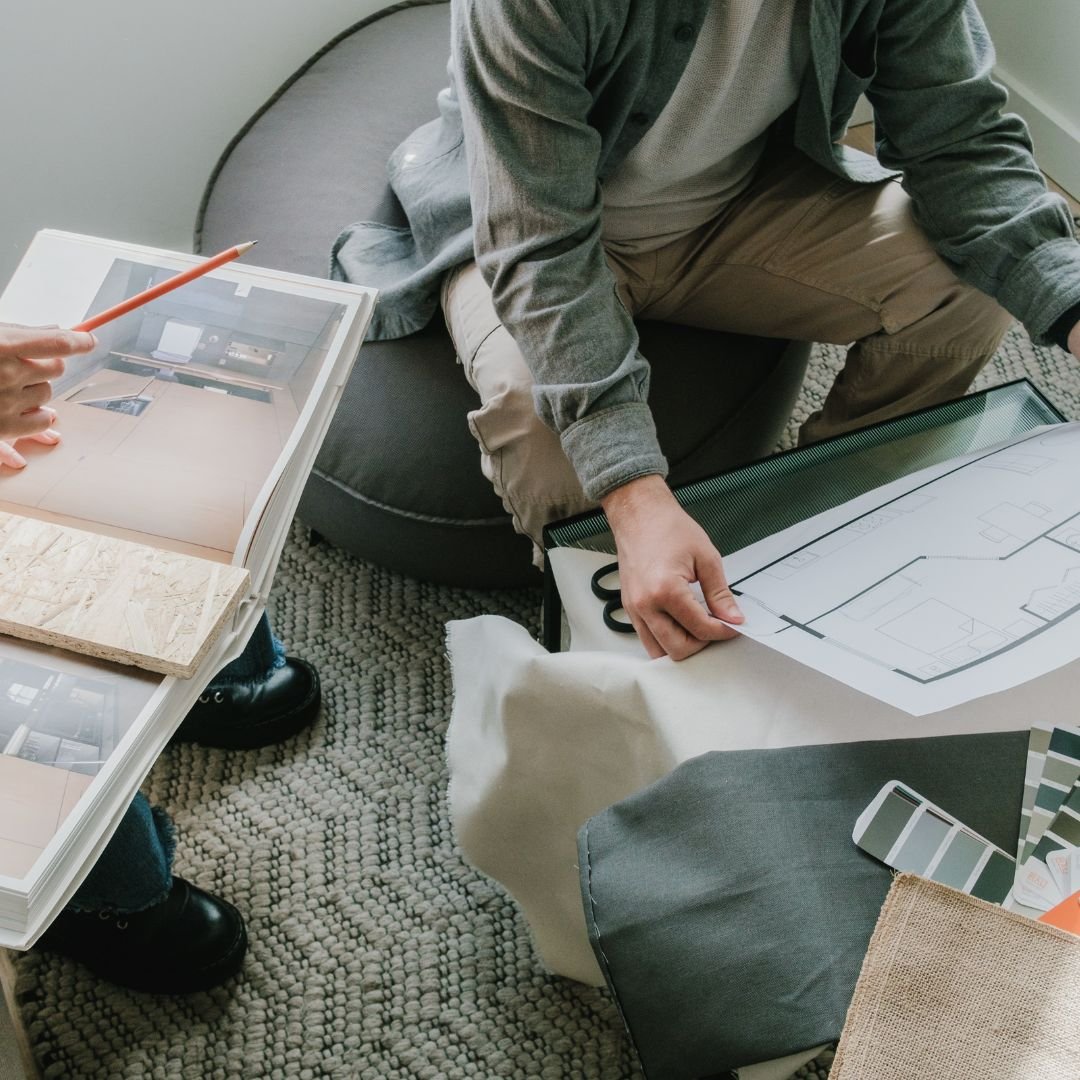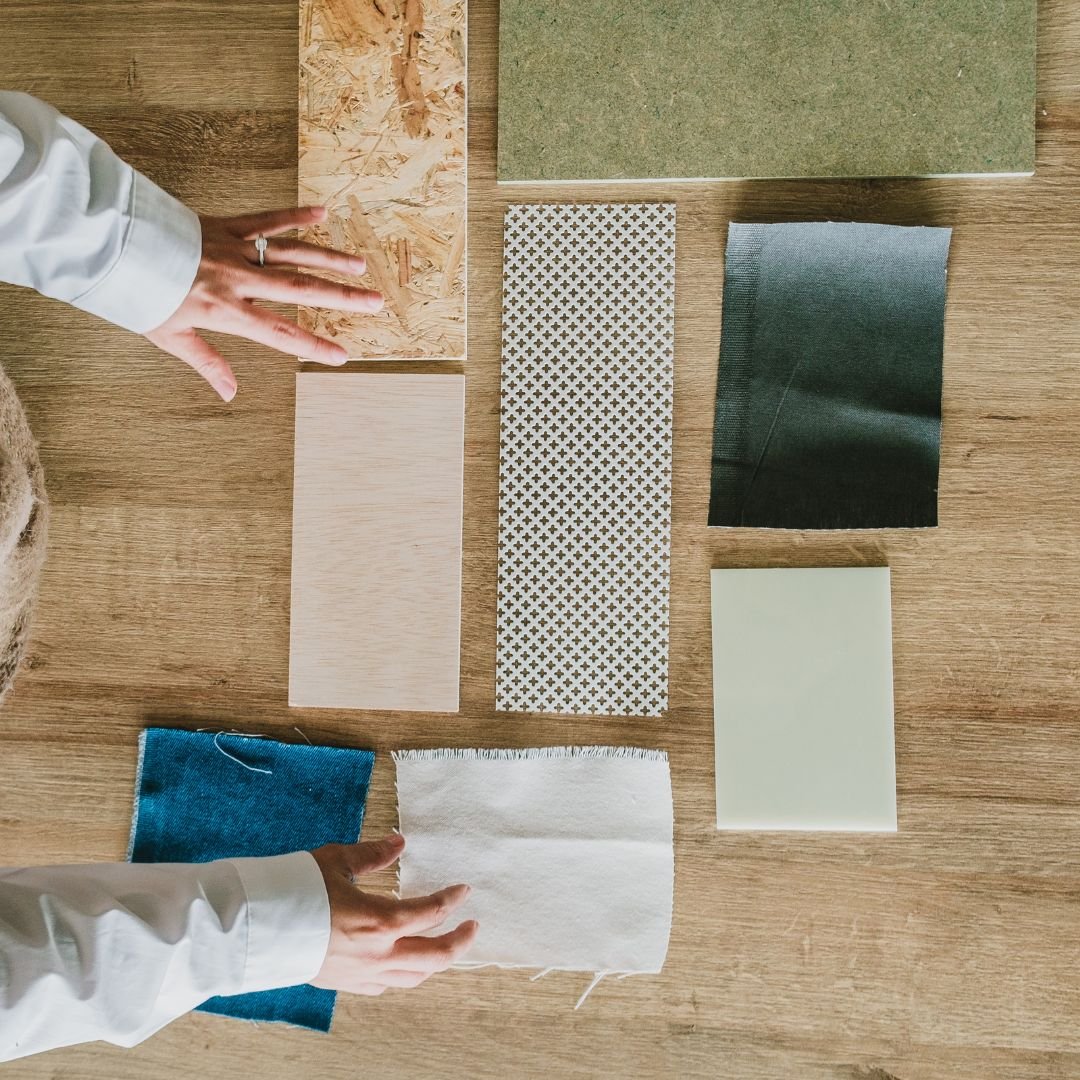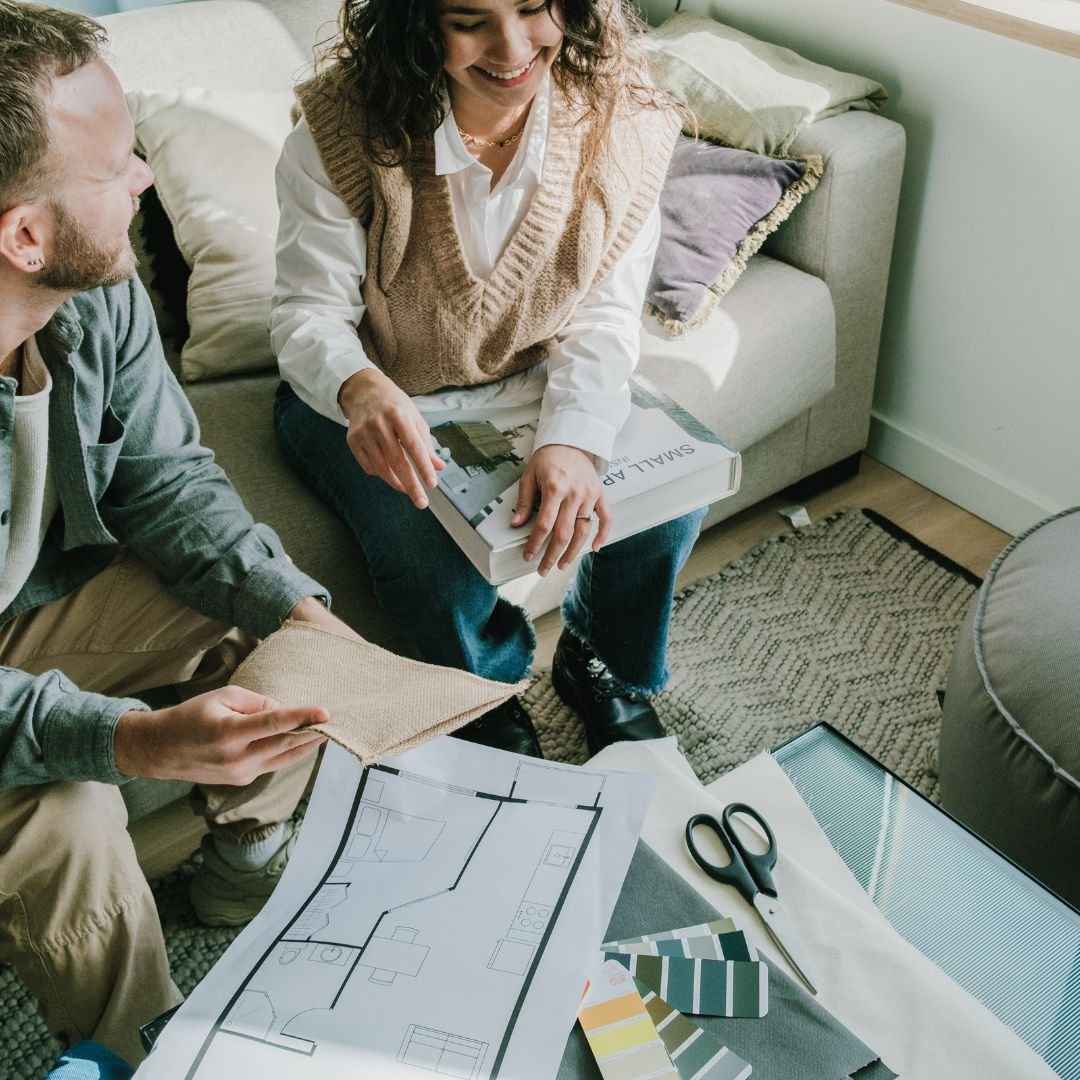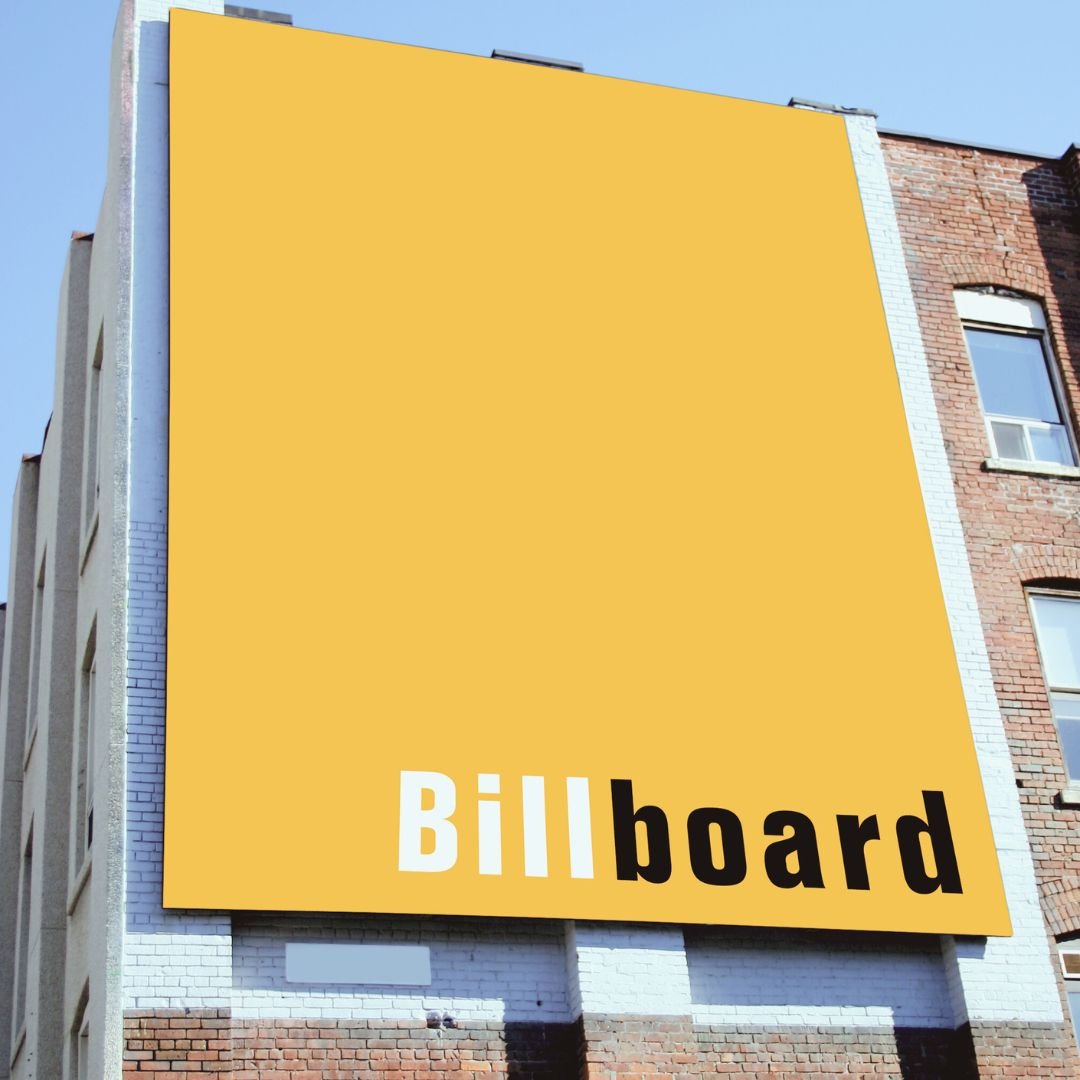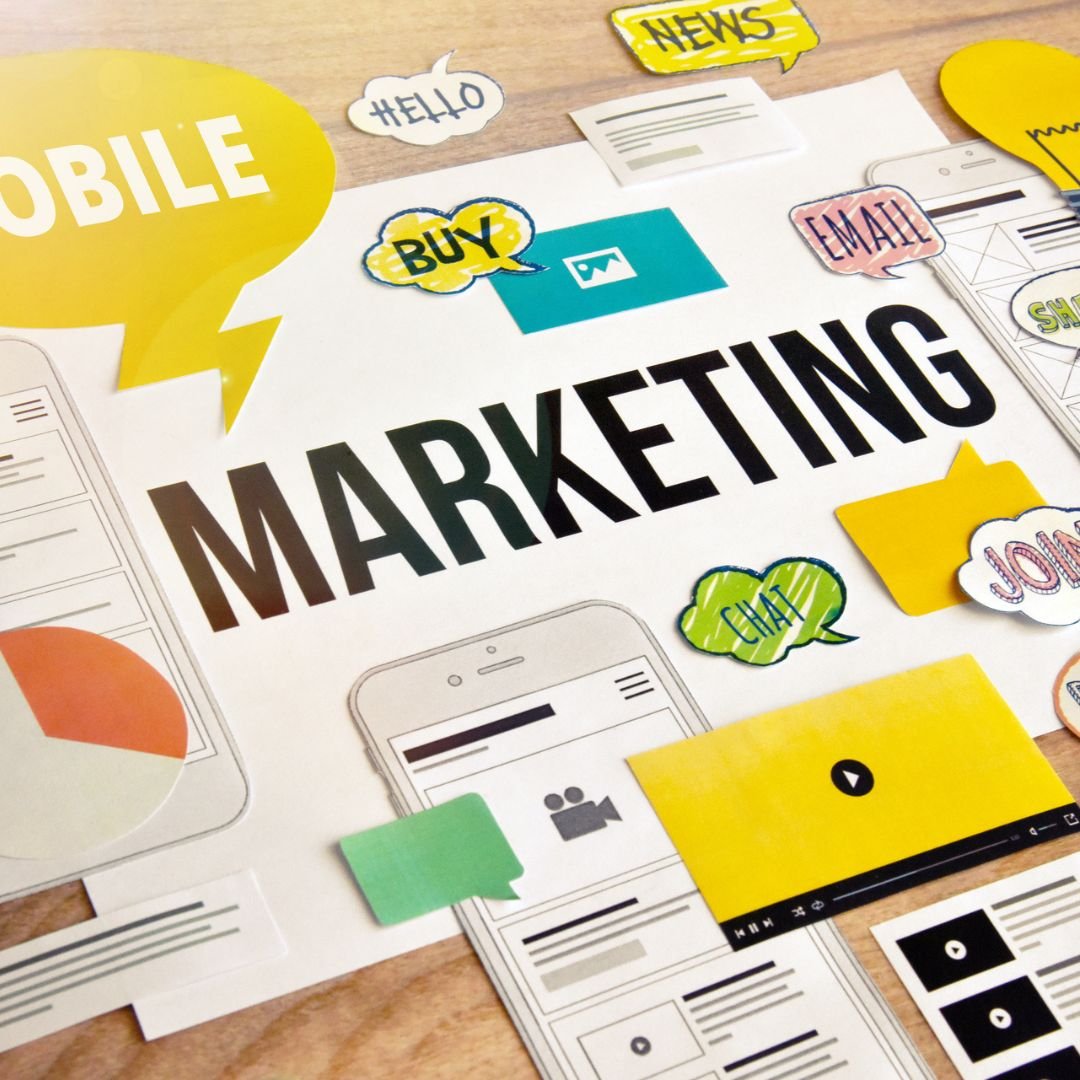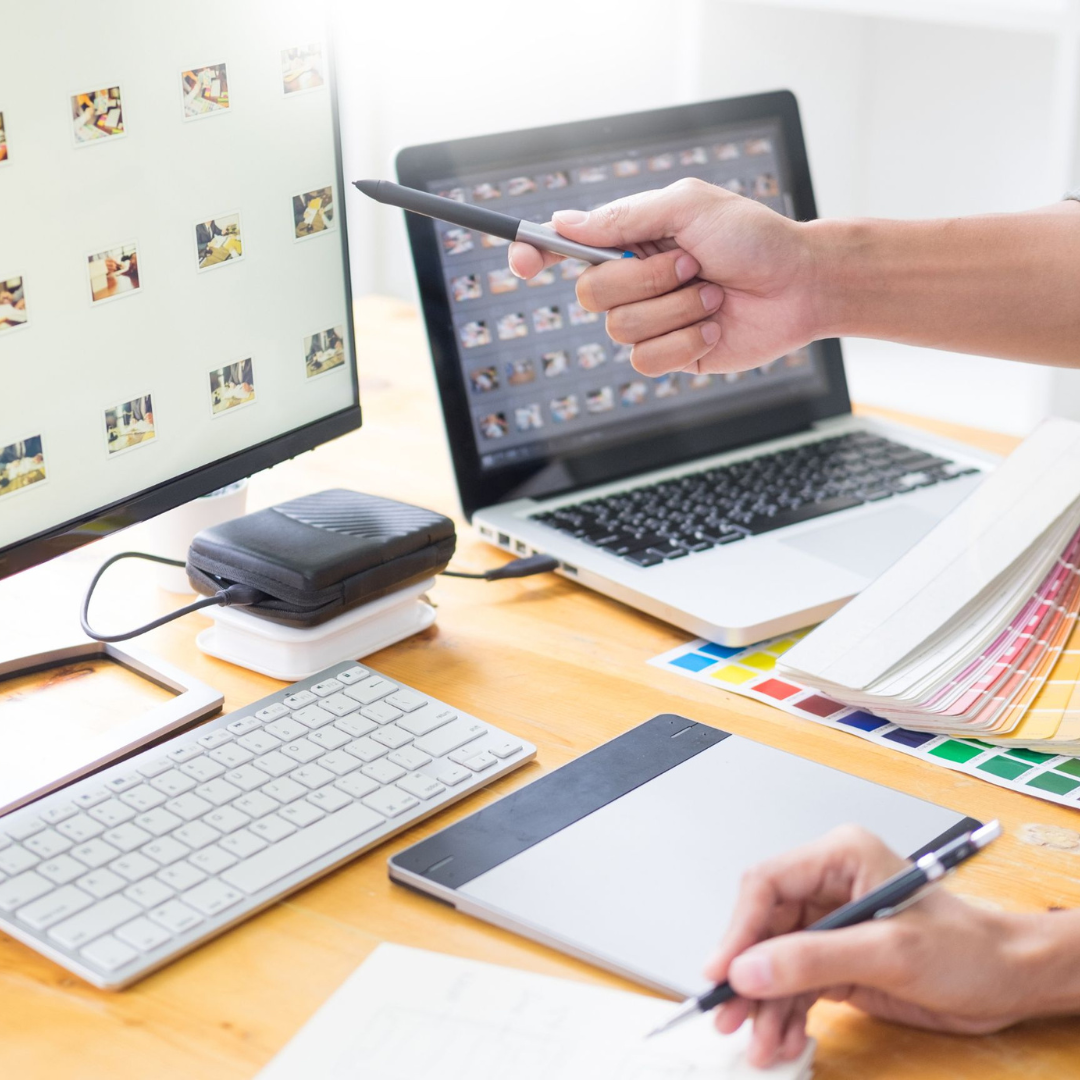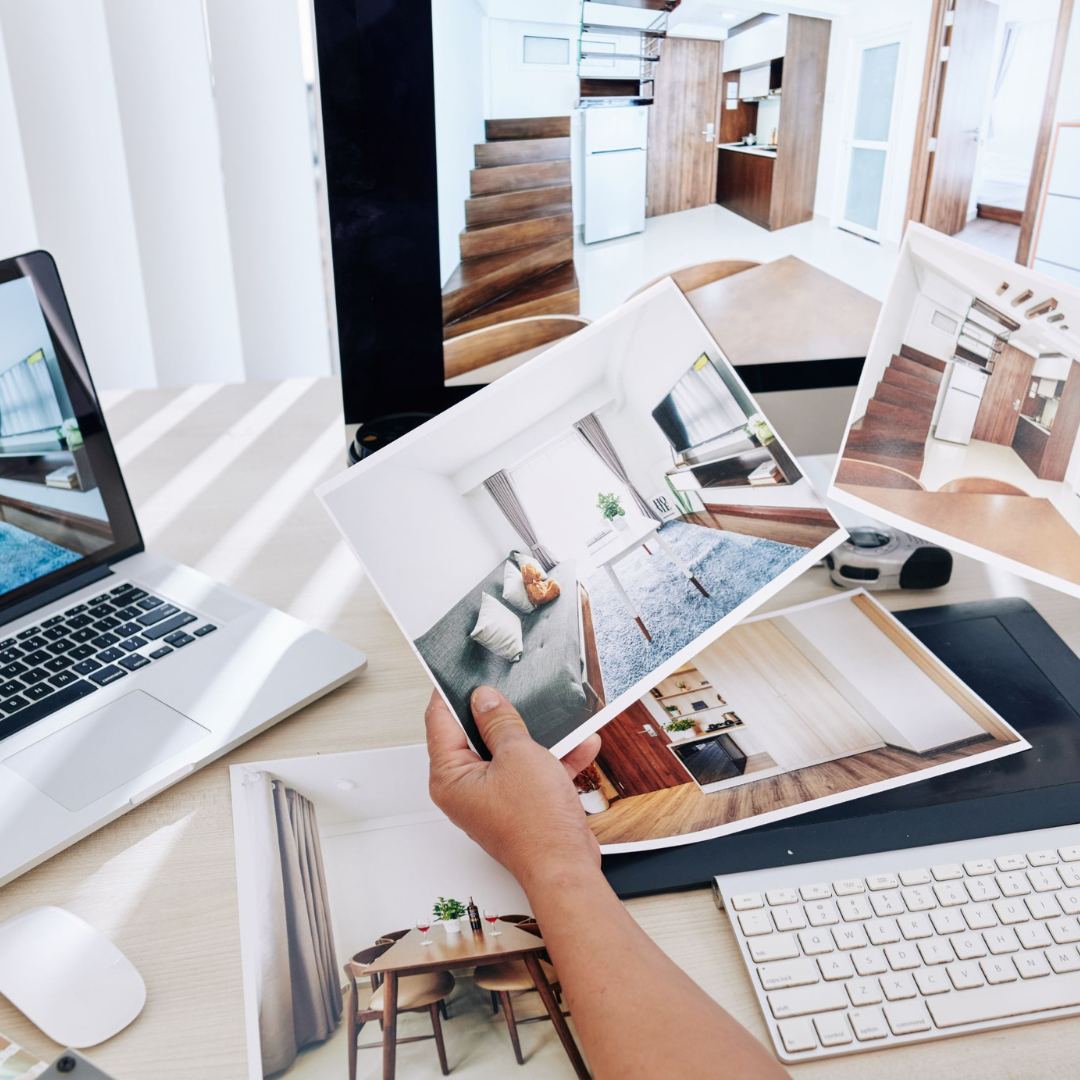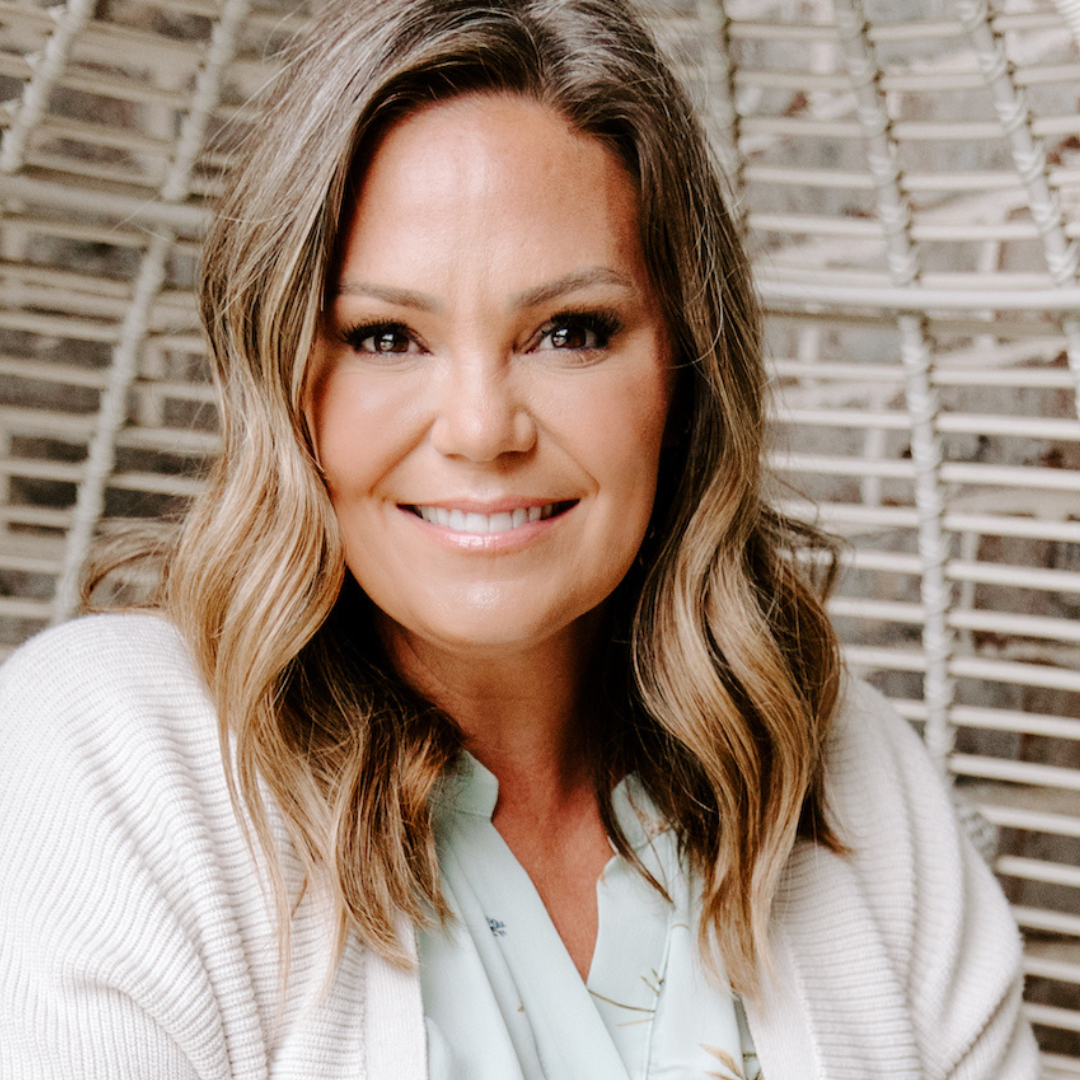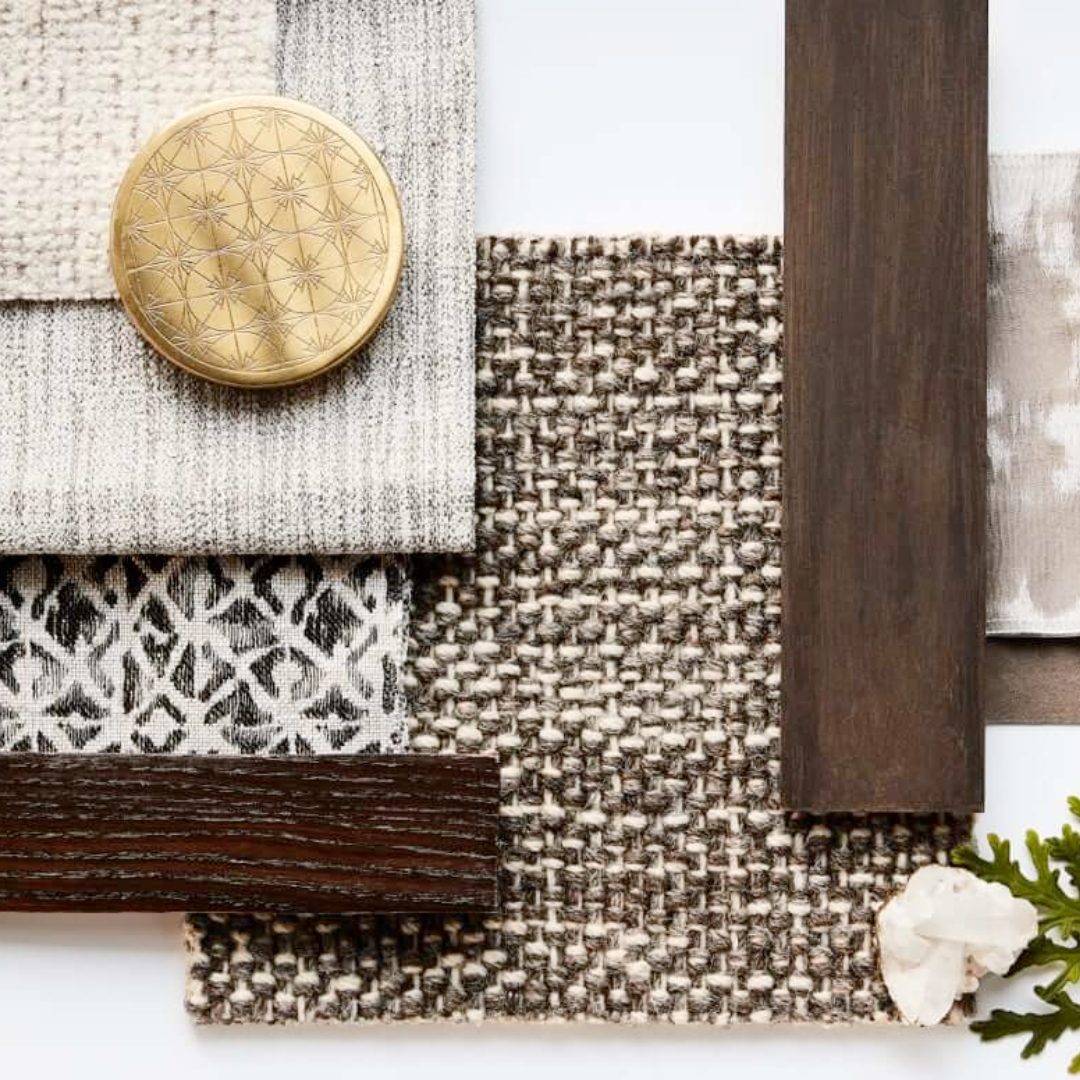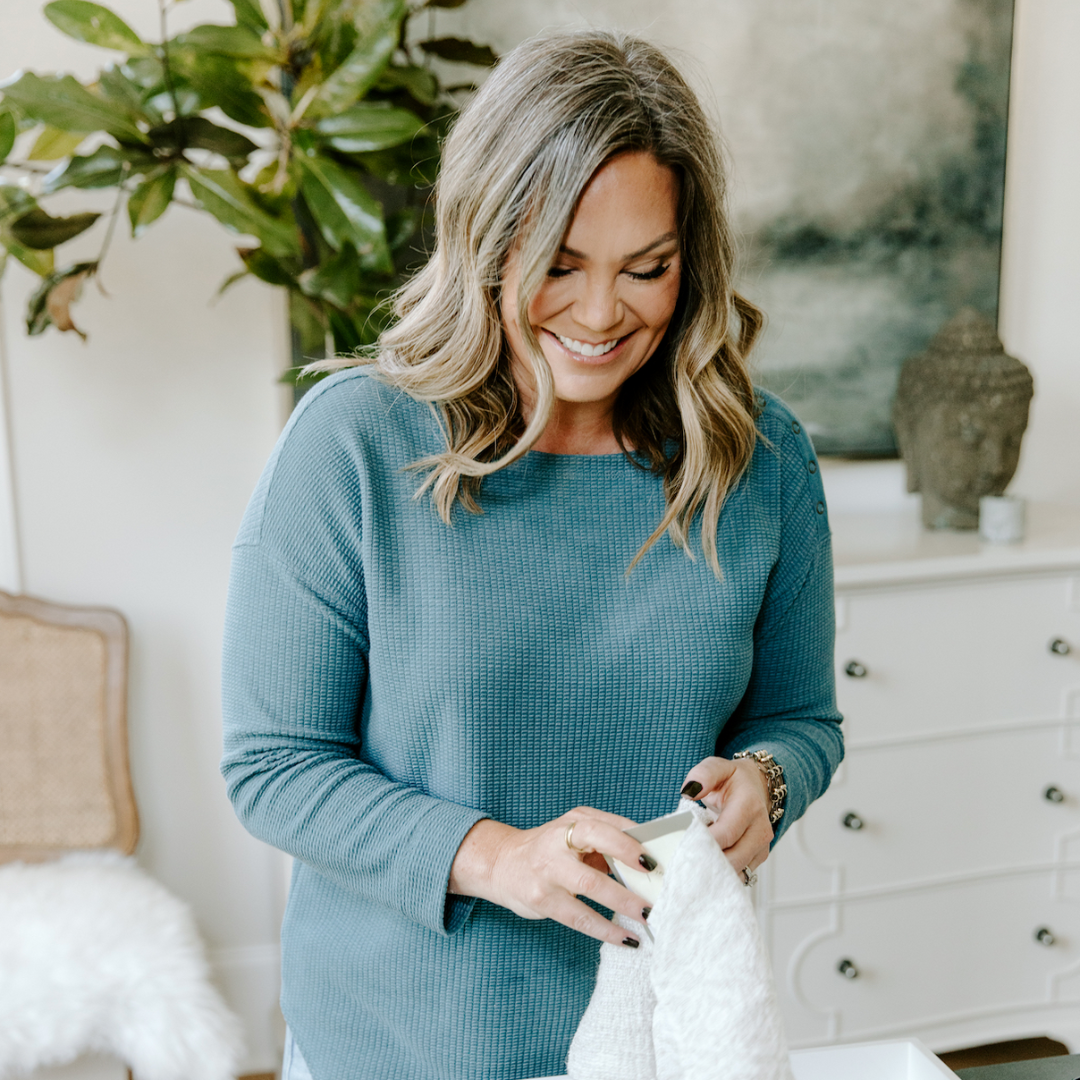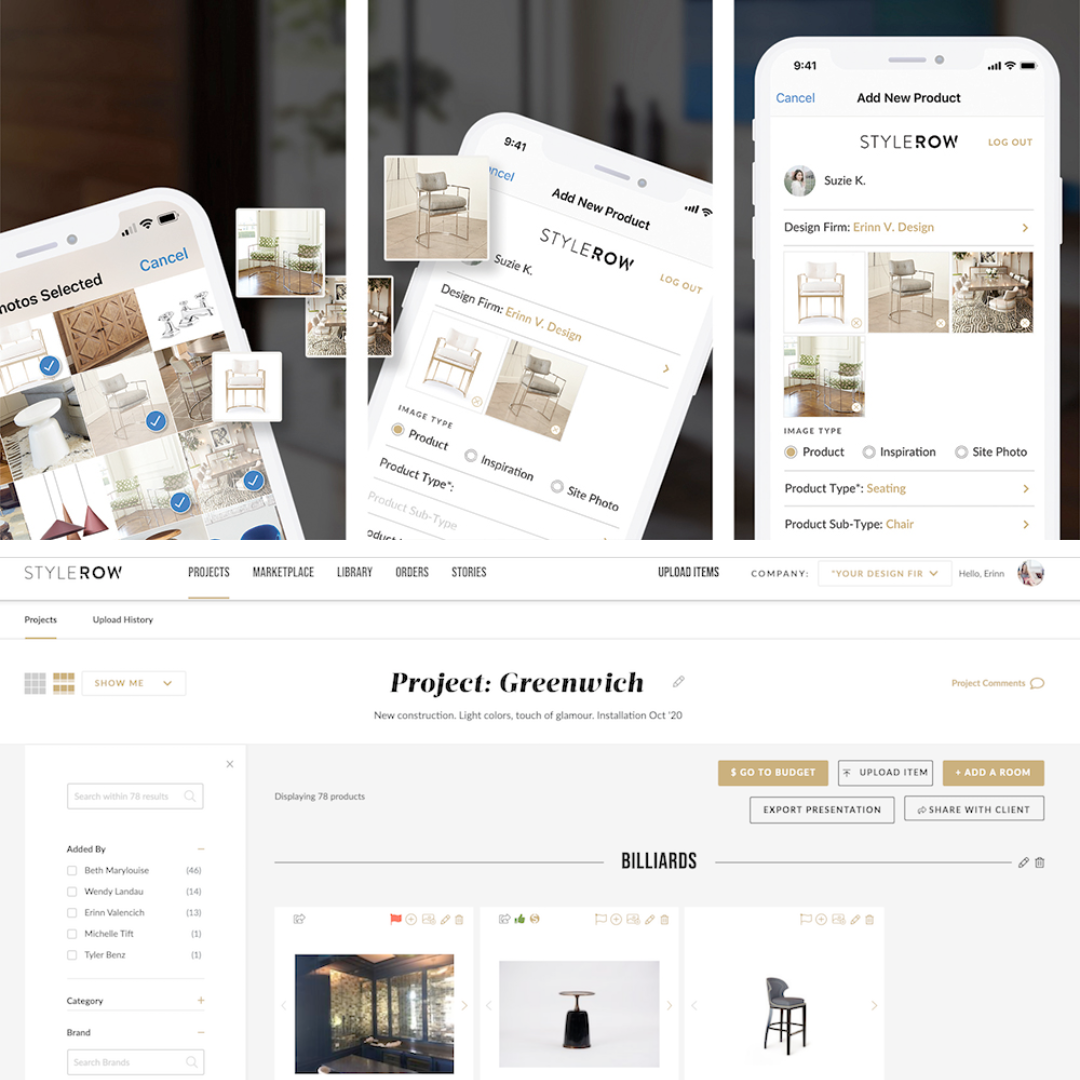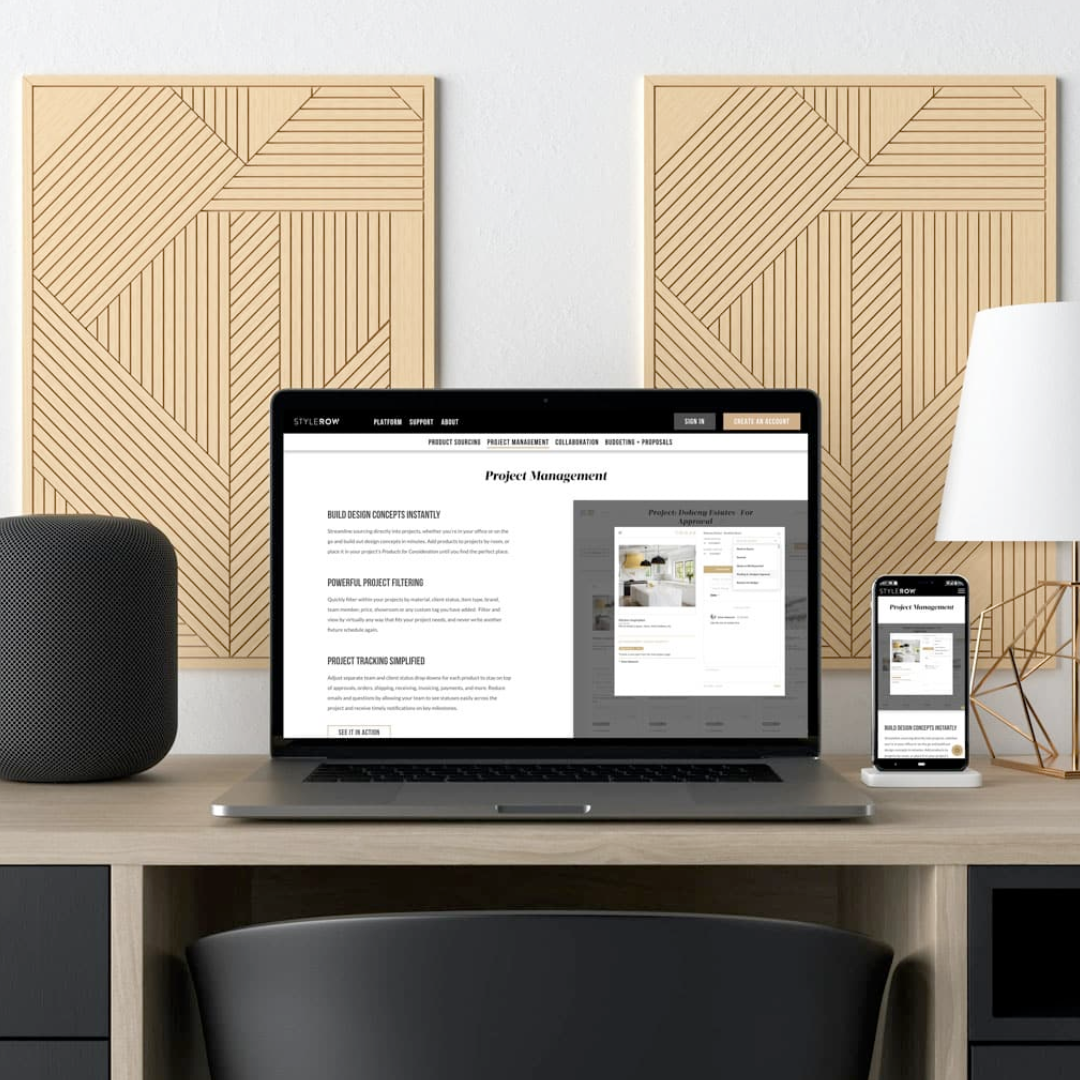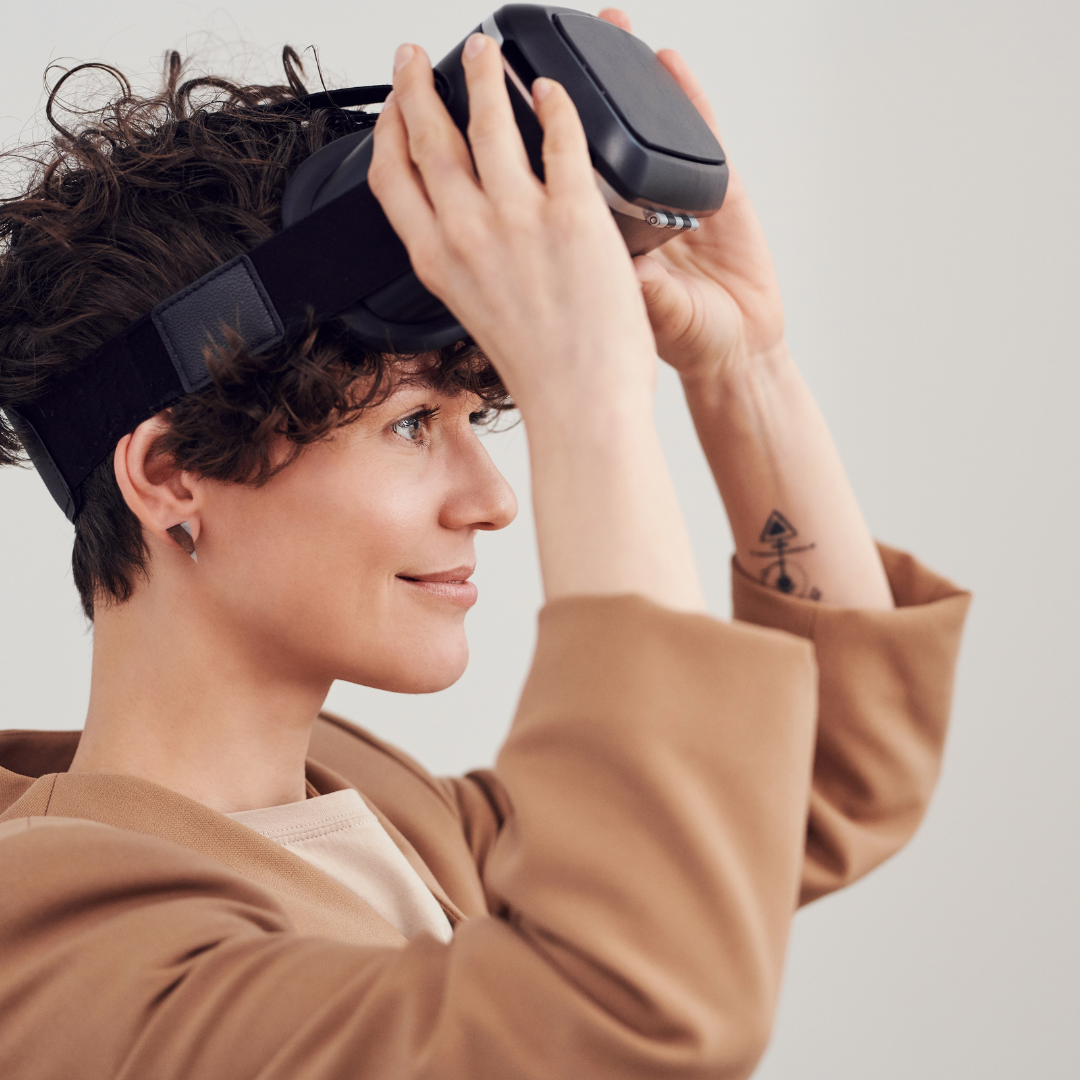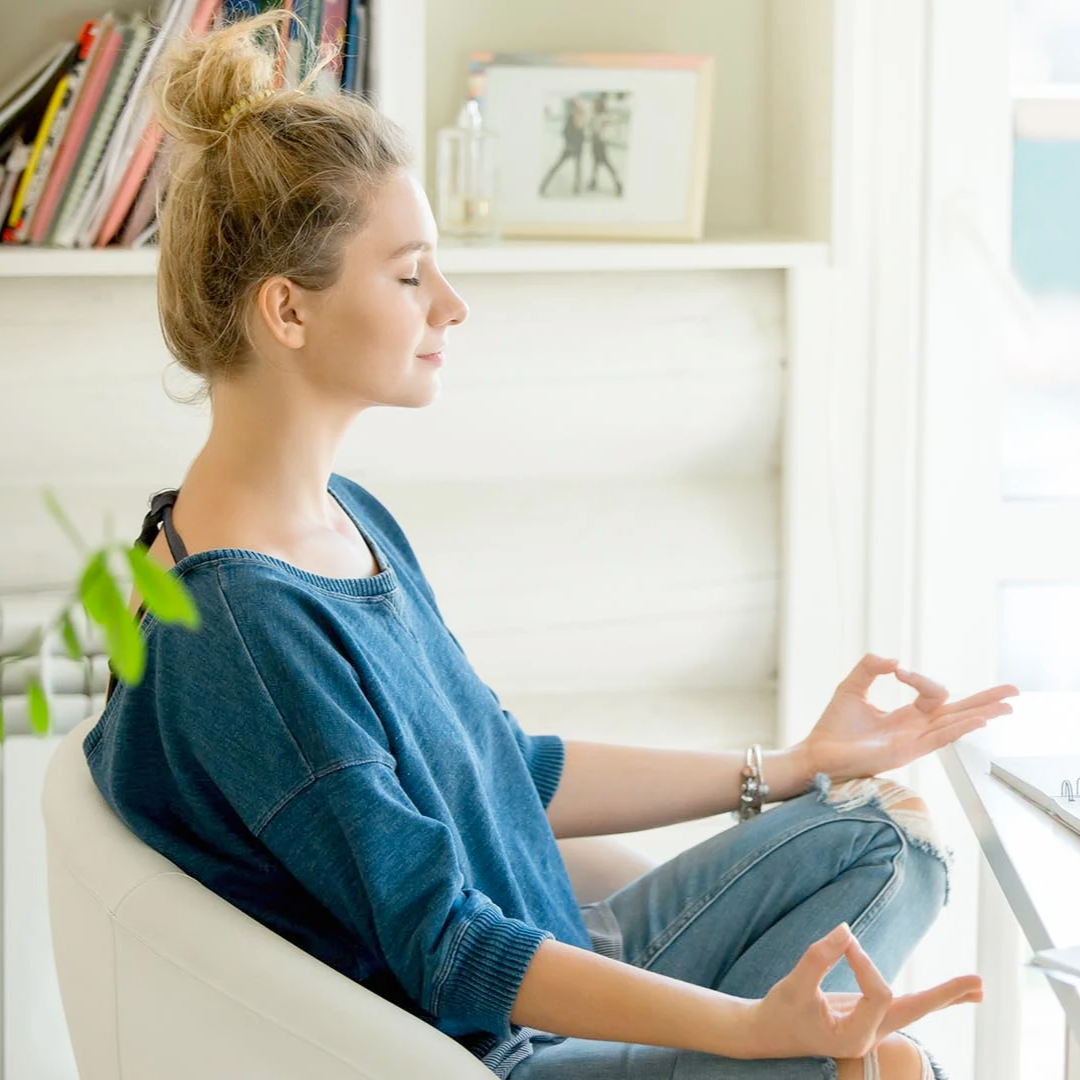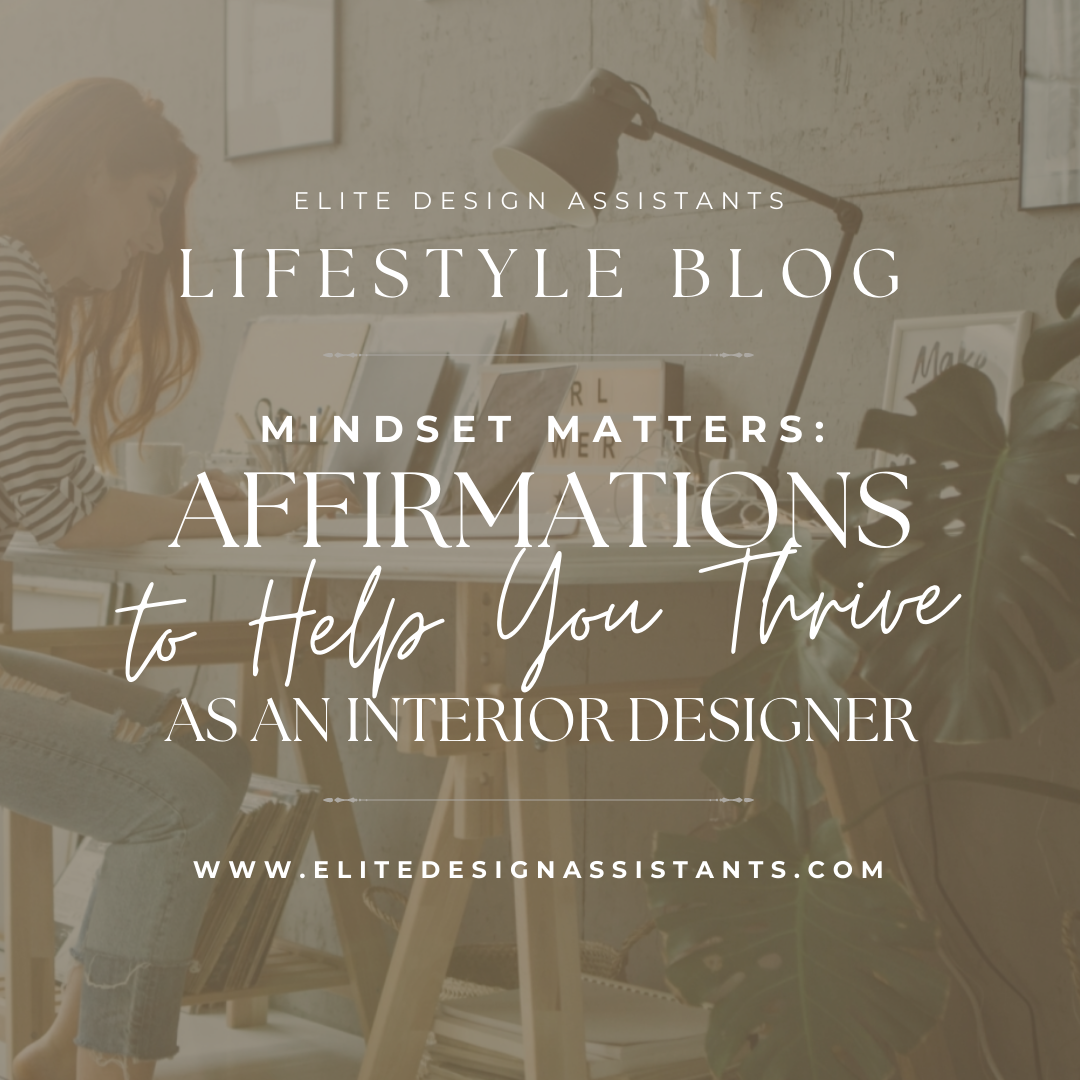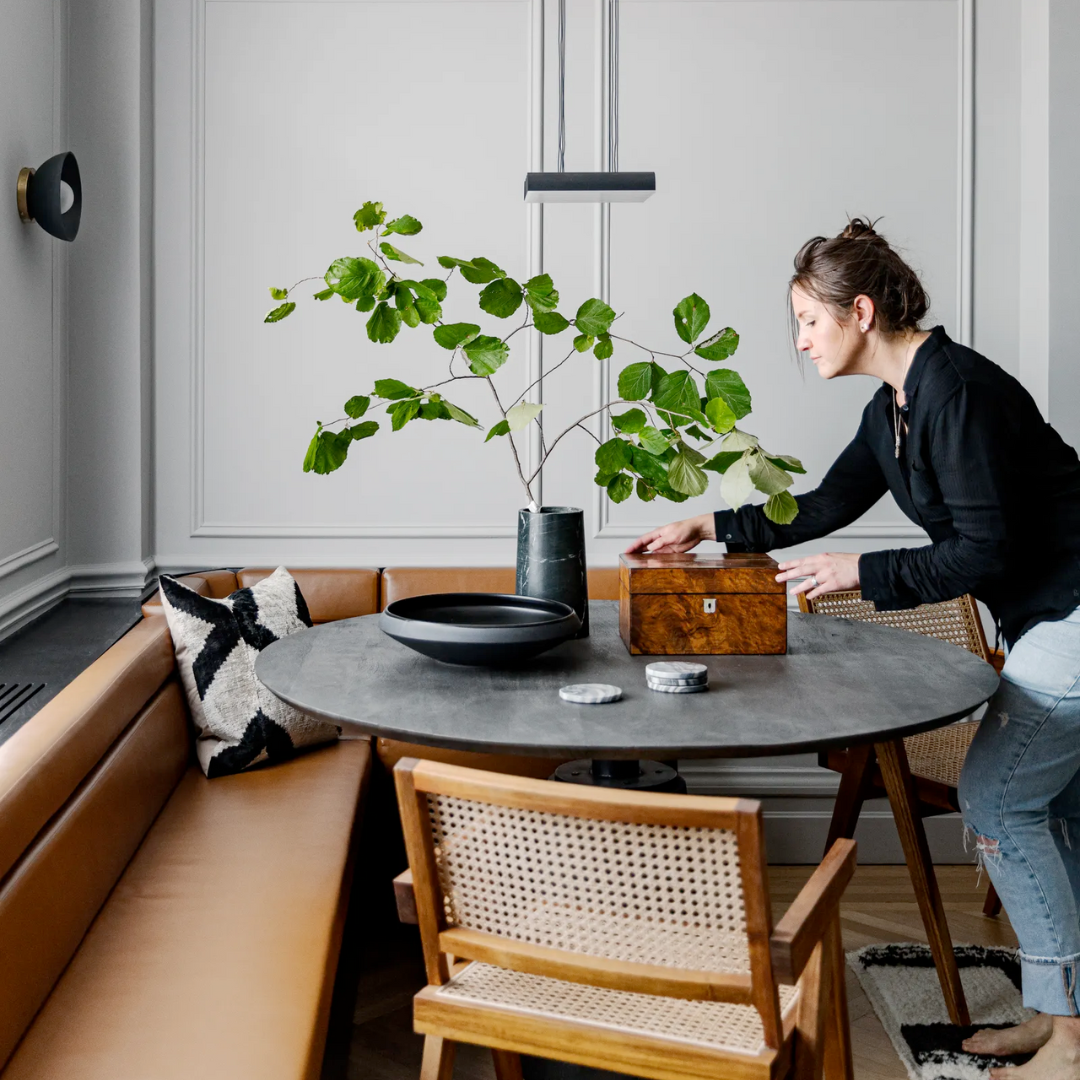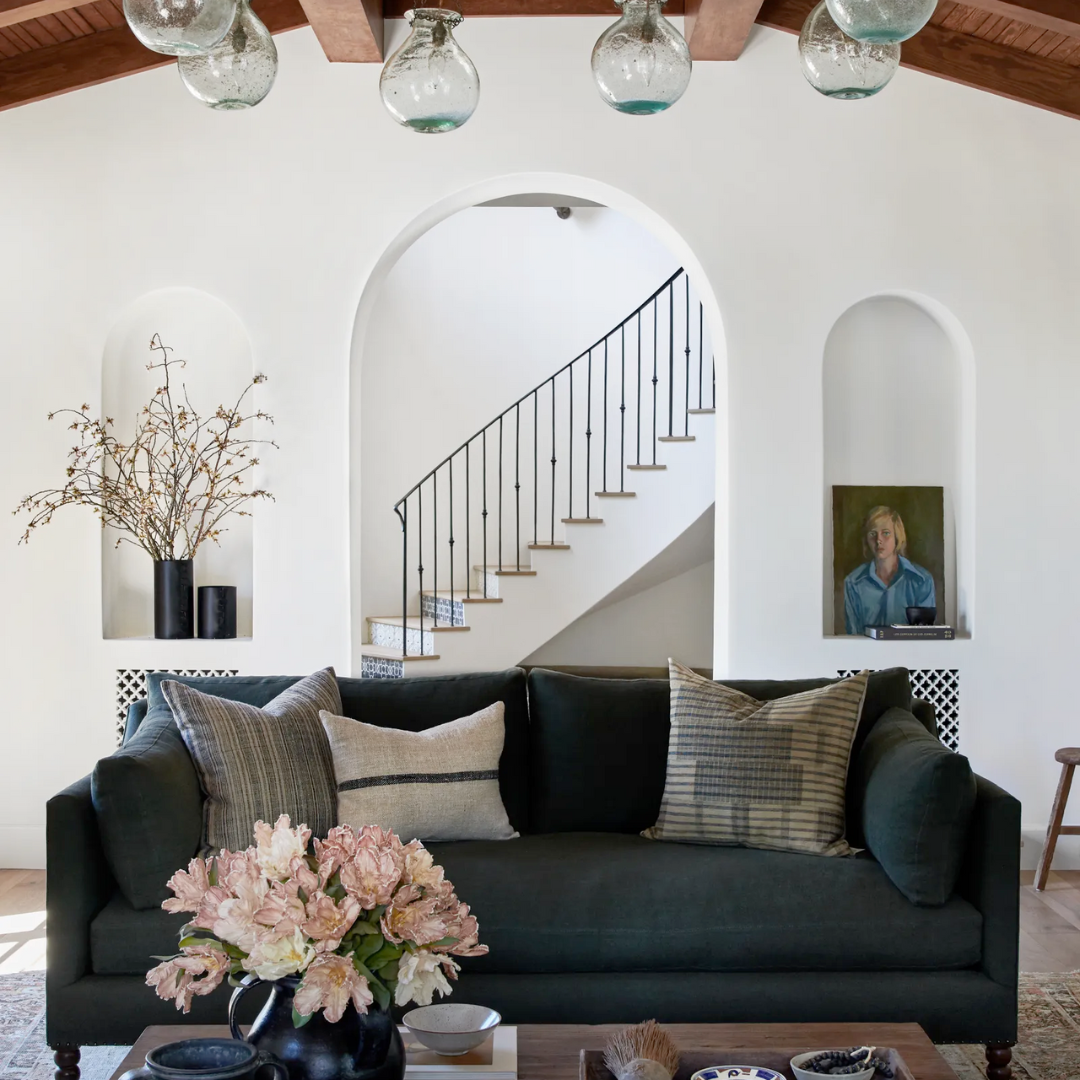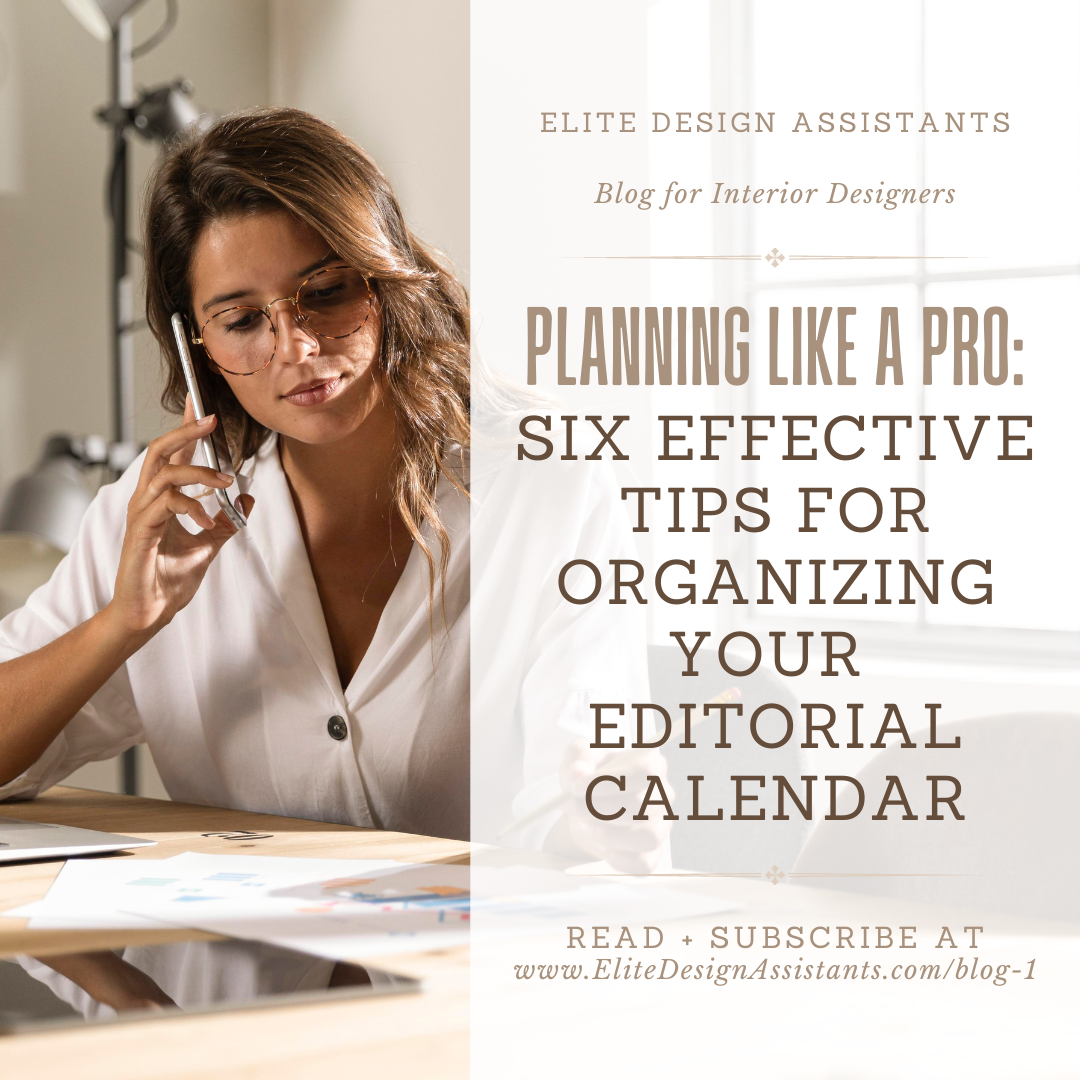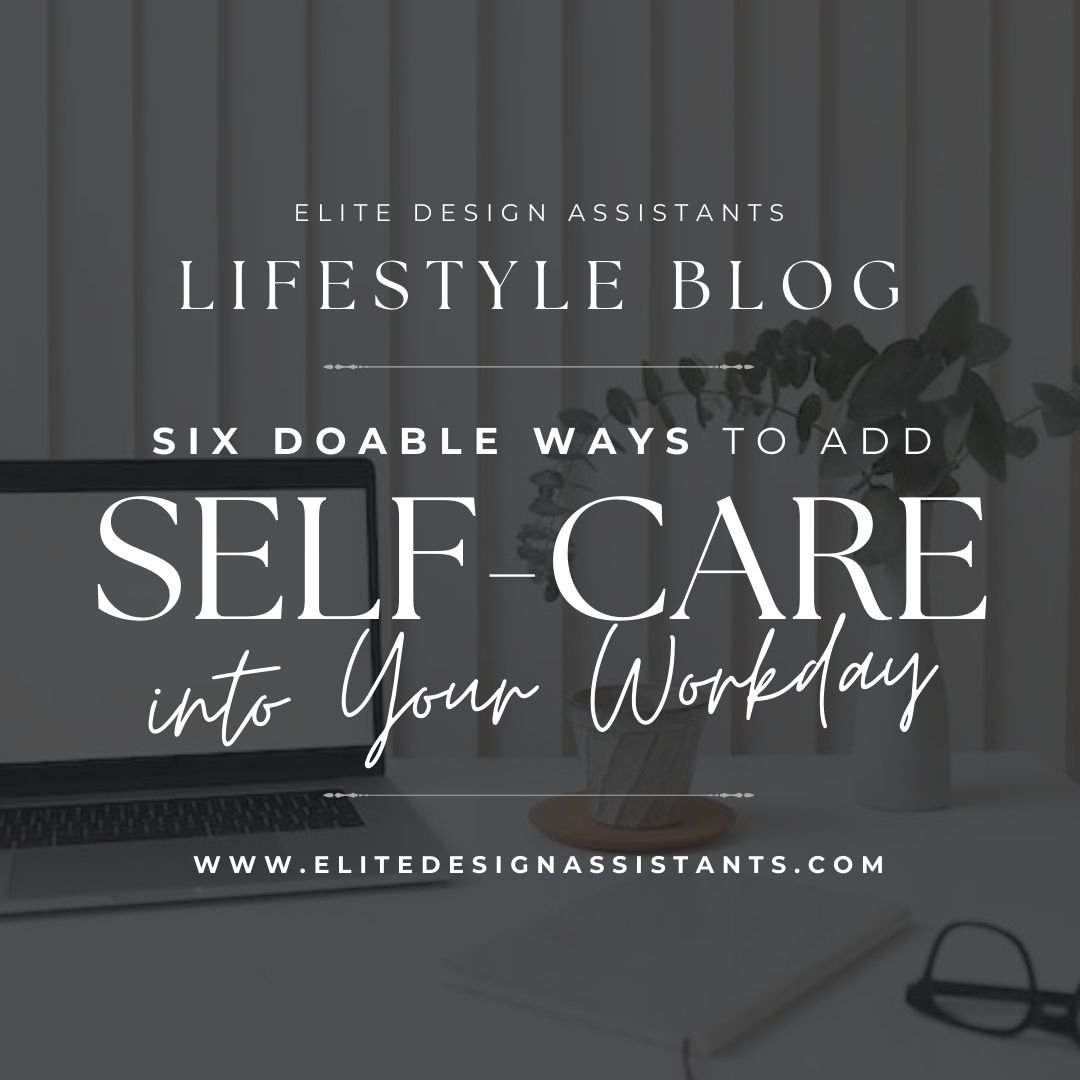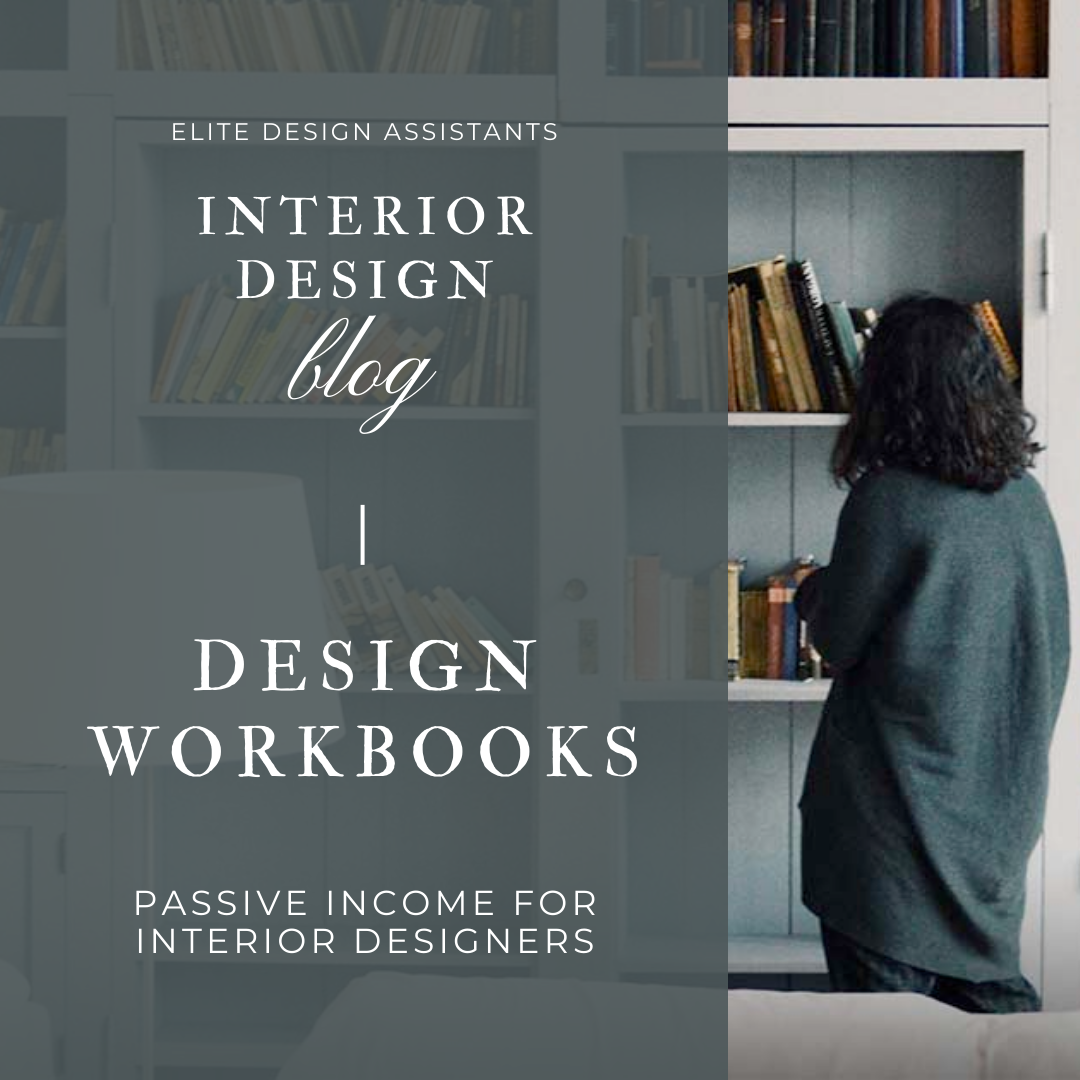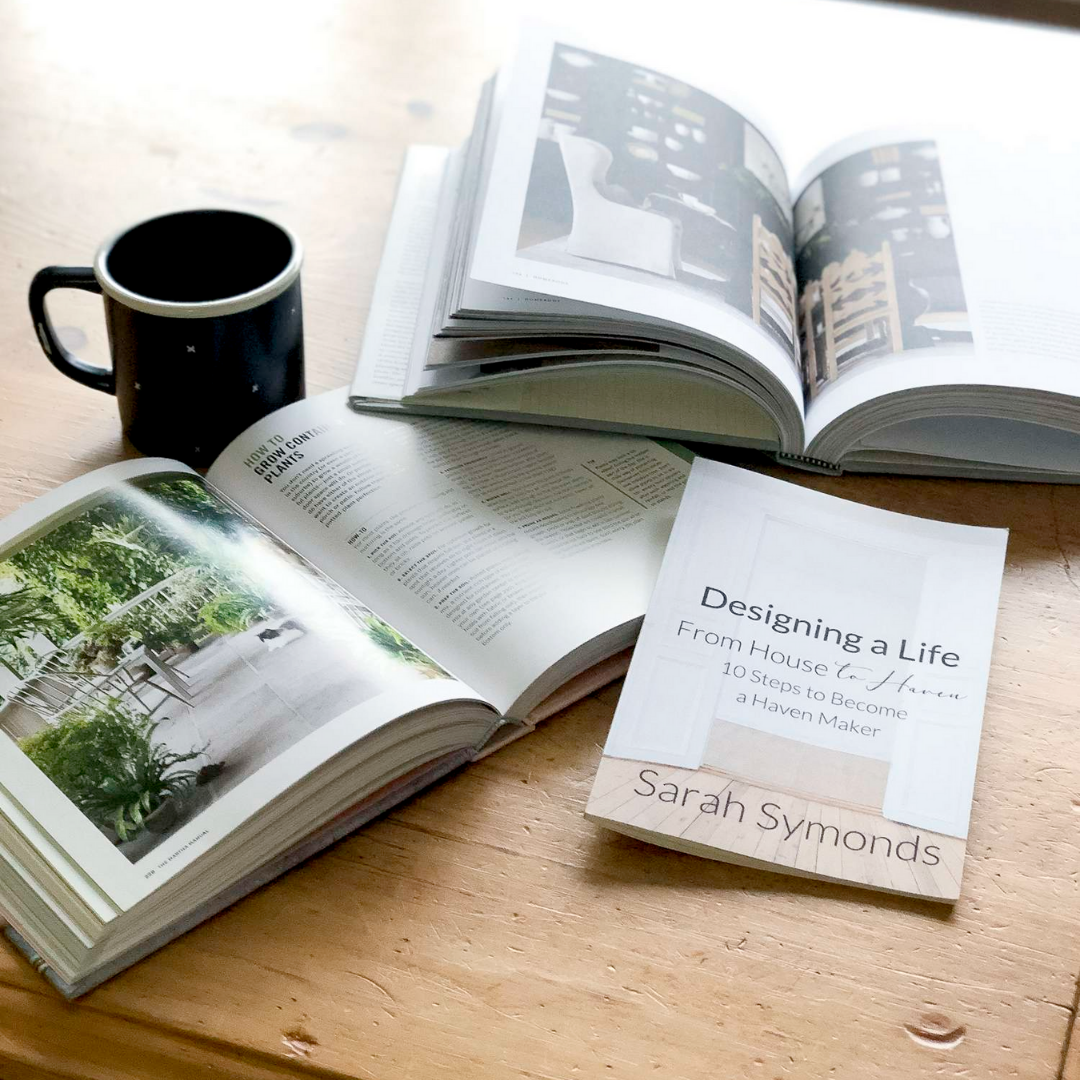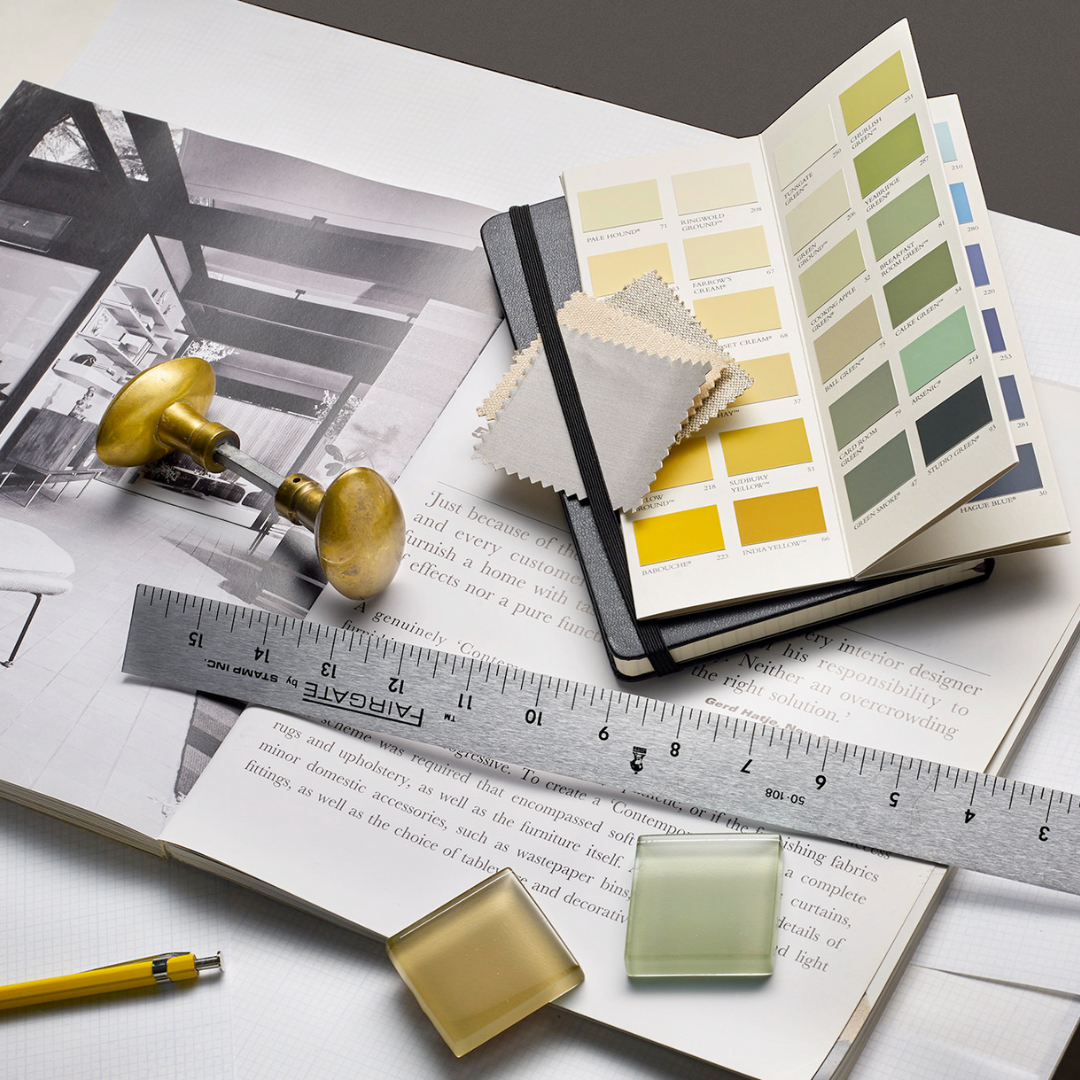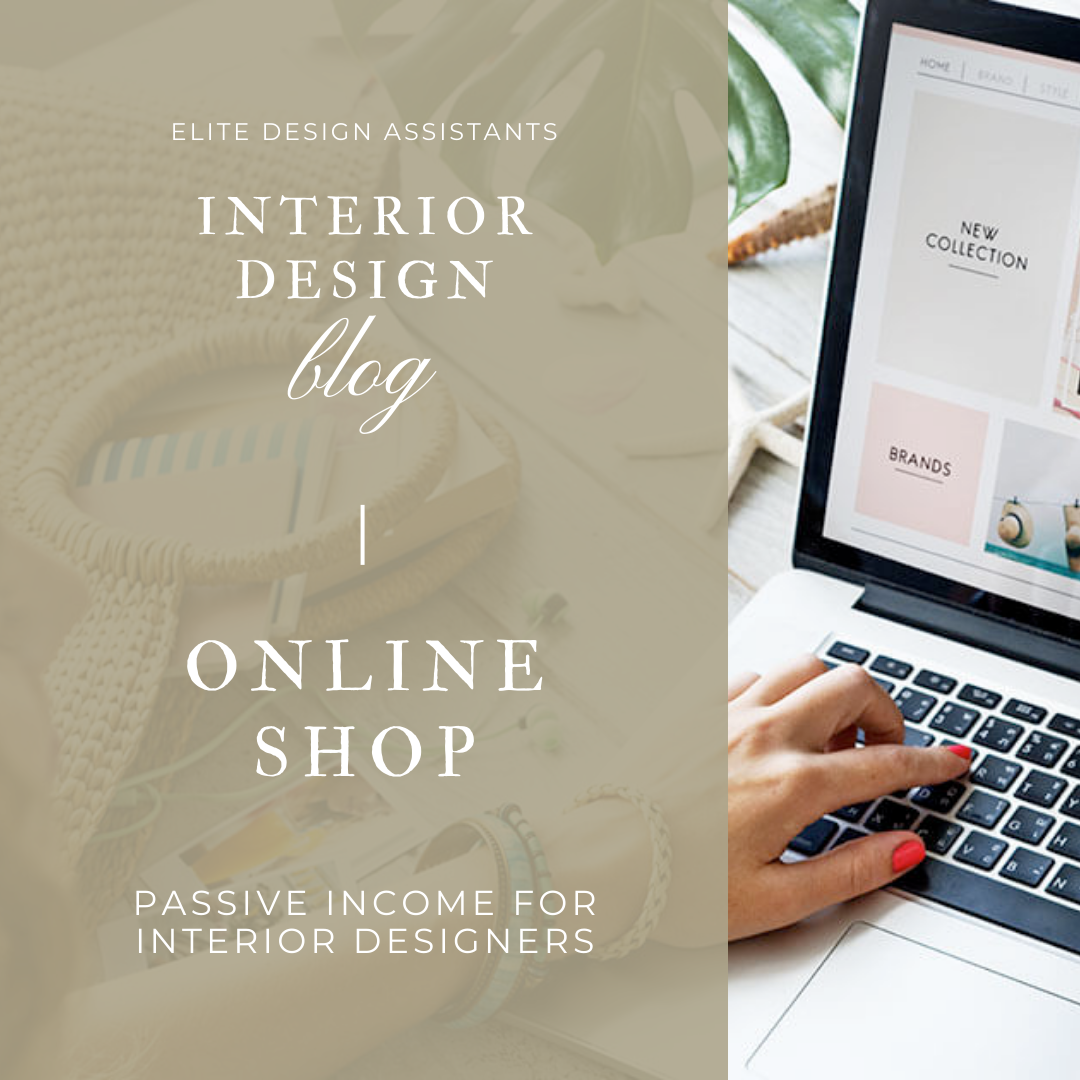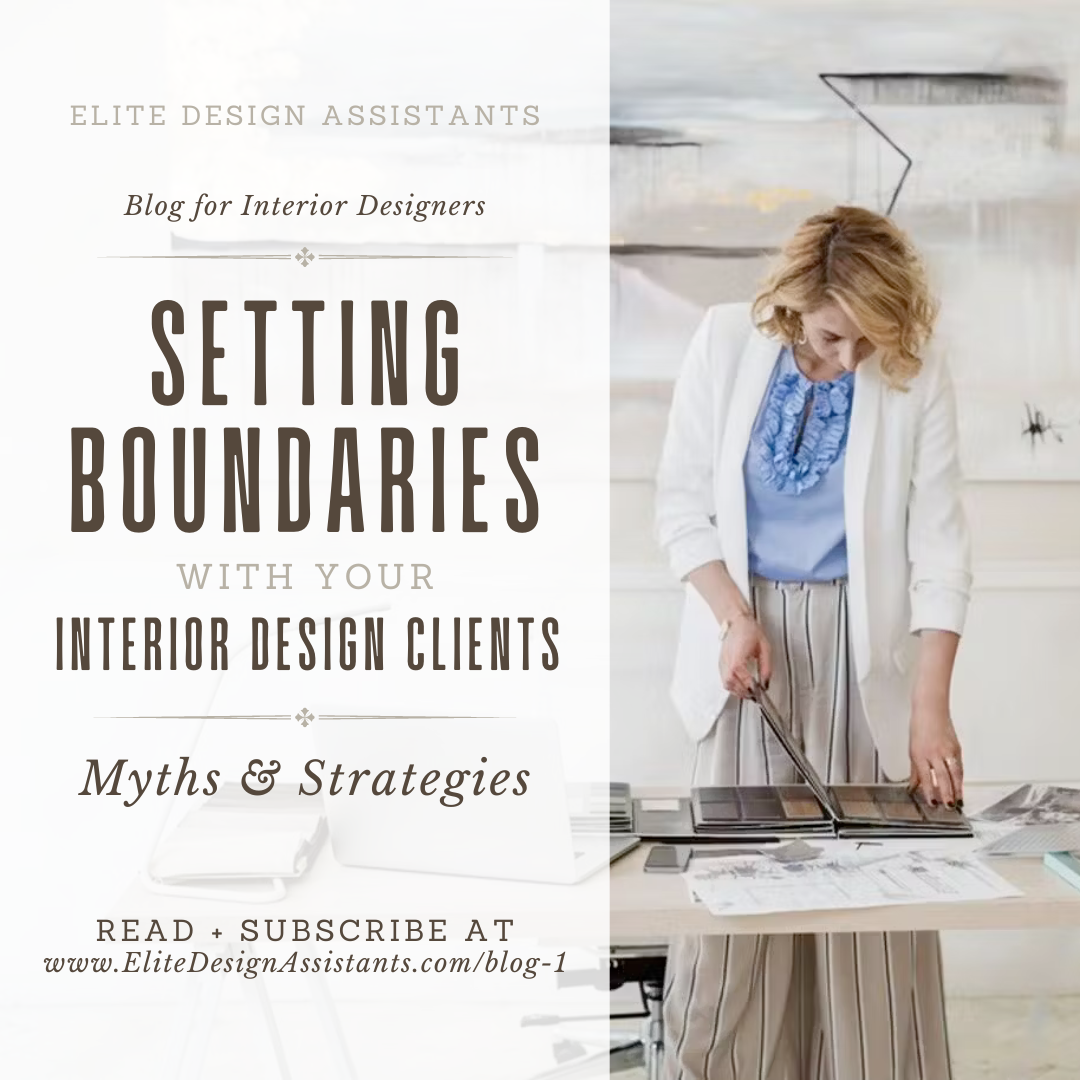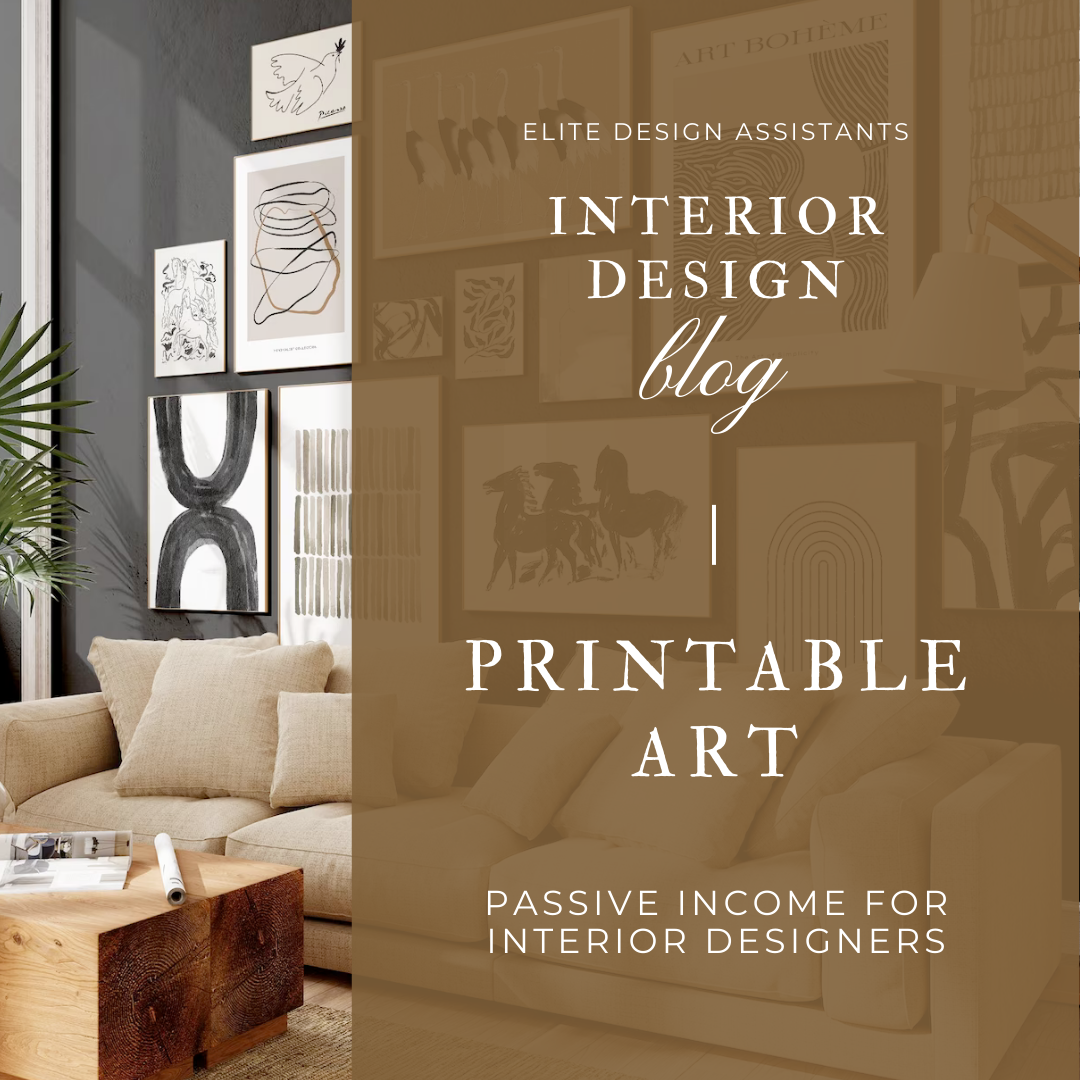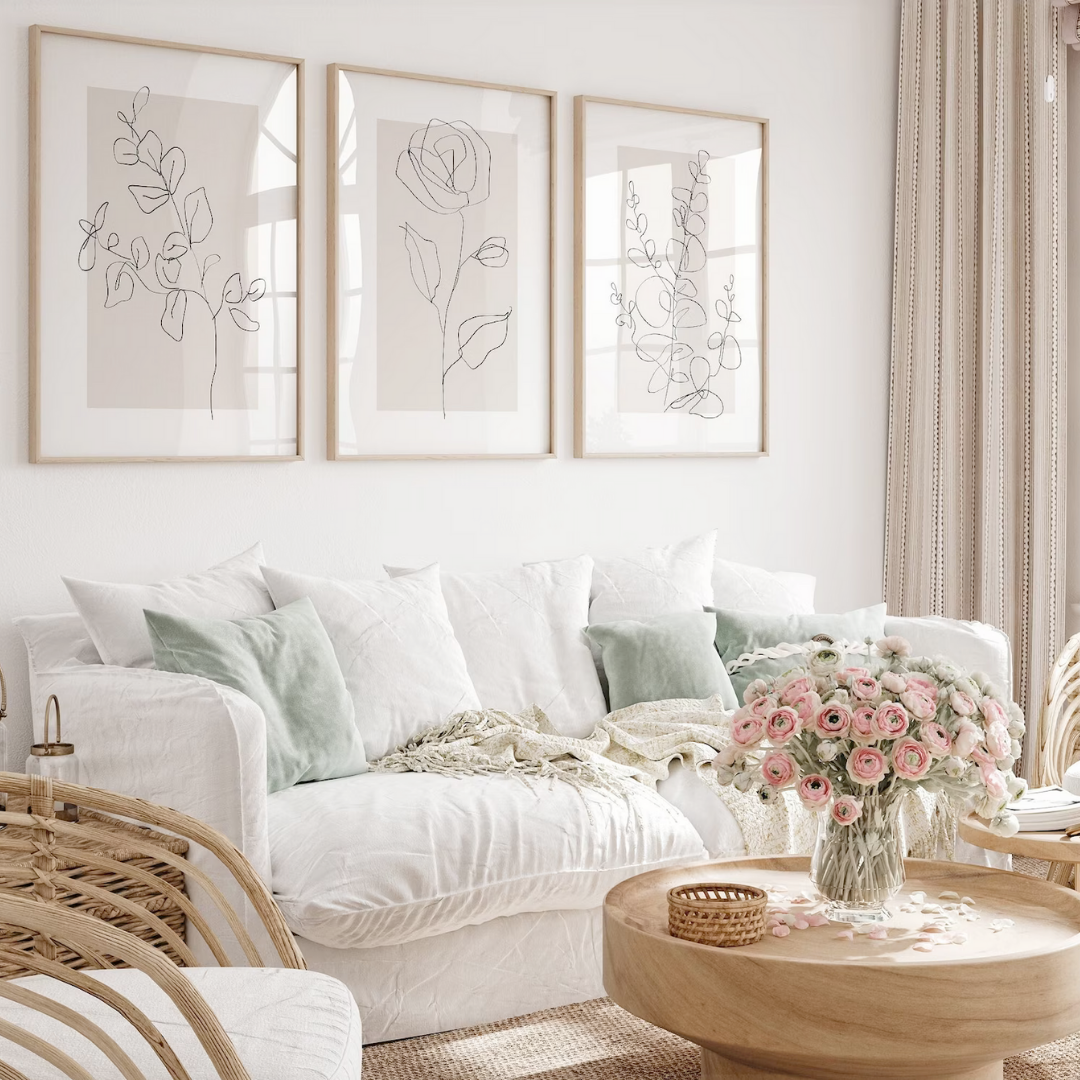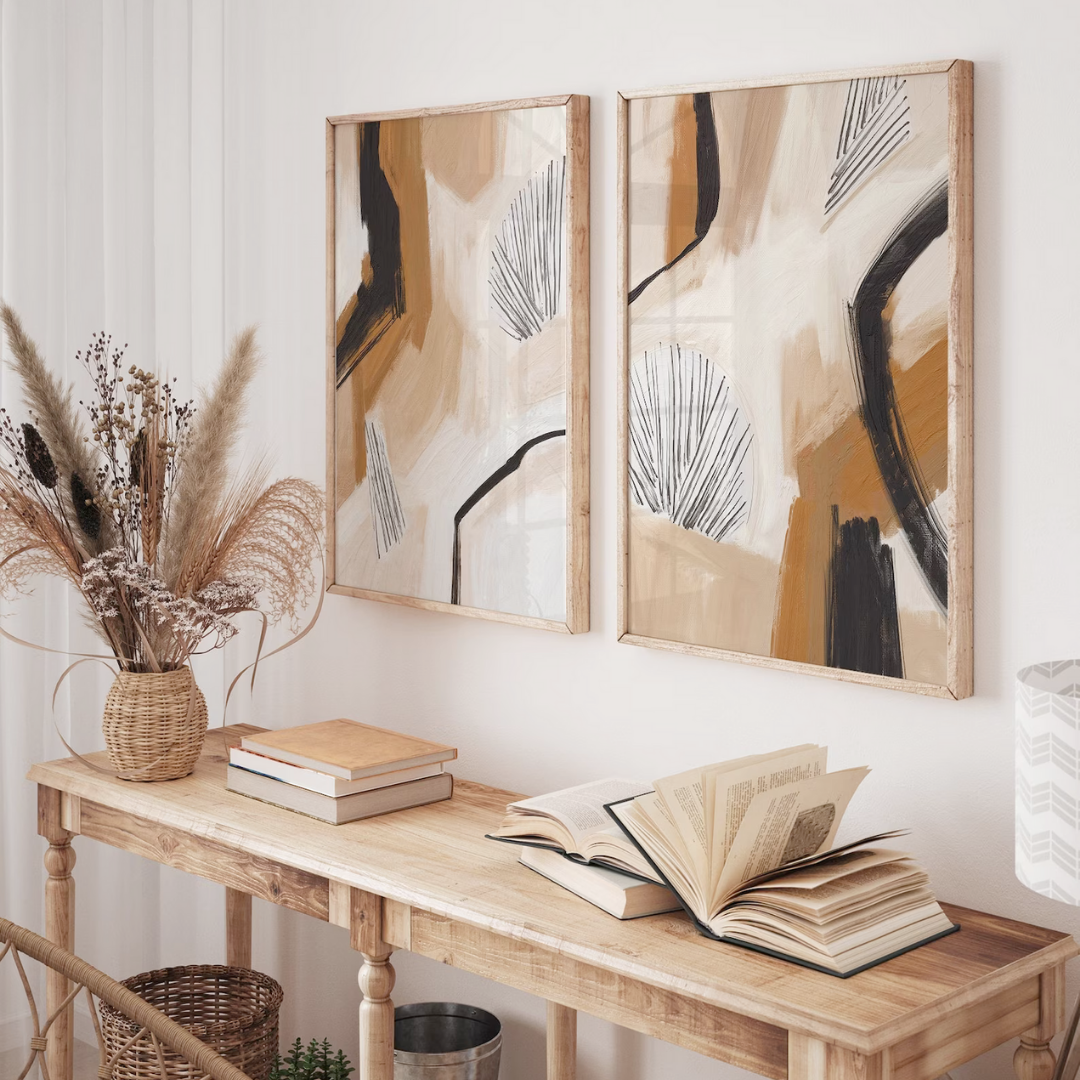Have Fun With Your Marketing: Interior Design Edition
/There is so much noise today – so many brands, social media, and entrepreneurs trying to figure out ways to STAND OUT from the crowd.
I say have FUN with your marketing. Be yourself, attract your ideal client and think outside the box. Live’s short, so here are a few ways to have fun with your marketing.
This post was created using Chat GPT.
In the ever-evolving landscape of marketing, standing out from the crowd is essential. Traditional methods may get the job done, but injecting a dose of creativity and fun into your marketing strategy can elevate your brand and captivate your audience in ways you never thought possible. In this blog post, we'll explore some unique and entertaining ways to make your marketing efforts not only effective but enjoyable for both you and your target audience.
1. Interactive Content:
Break away from static content and engage your audience with interactive experiences. Create quizzes, polls, and surveys that not only provide valuable insights but also entertain and educate. Platforms like Instagram and Facebook offer interactive features that allow users to participate directly, making your brand a memorable part of their online experience.
2. Behind-the-Scenes Sneak Peeks:
People love to see what happens behind closed doors. Offer your audience a sneak peek into your office culture, creative processes, or product development. This humanizes your brand, fostering a sense of connection and trust. Use social media stories or live streams to give your audience an exclusive look behind the curtain.
3. User-Generated Content Campaigns:
Turn your customers into your brand ambassadors by encouraging them to create and share content related to your products or services. Host contests or challenges that inspire users to showcase their creativity. This not only provides you with a wealth of authentic content but also builds a community around your brand.
4. Themed Campaigns and Holidays:
Take advantage of special occasions and holidays by incorporating them into your marketing strategy. Create themed campaigns that resonate with your audience's emotions during these times. Whether it's a clever April Fools' prank, a heartwarming Valentine's Day message, or a spooky Halloween promotion, aligning your brand with relevant events can make your marketing more memorable.
5. Gamification:
Transform mundane tasks into engaging experiences through gamification. Create games or challenges that relate to your products or services. This not only adds an element of fun but also encourages customer interaction. Consider loyalty programs, where customers can earn rewards or discounts by completing challenges or reaching milestones.
6. Interactive Installations:
Break away from the digital realm and create interactive installations in physical spaces. Whether it's a pop-up shop, an art installation, or an experiential event, providing a tangible and immersive experience can leave a lasting impression on your audience.
7. Humorous and Relatable Content:
Everyone loves a good laugh. Inject humor into your content to make it more relatable and shareable. Memes, funny videos, and witty captions can go a long way in capturing your audience's attention and making your brand more approachable.
Marketing doesn't have to be a serious affair. By infusing creativity, interactivity, and a sense of fun into your strategy, you not only capture your audience's attention but also create memorable experiences that set your brand apart. Embrace the unconventional, experiment with new ideas, and watch as your marketing efforts become not just effective but genuinely enjoyable for both your team and your customers.
xx, Danae




